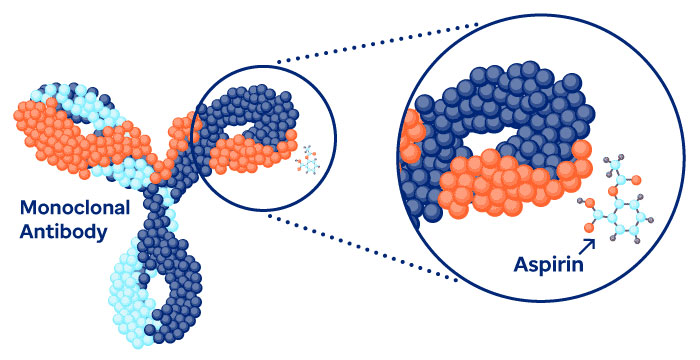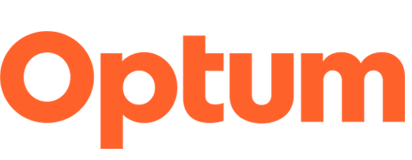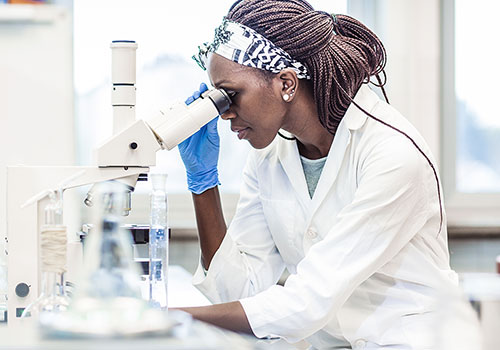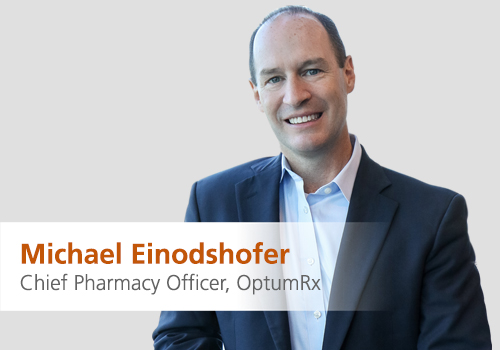As more biosimilars gain regulatory approval and become ready for use it’s helpful to go over the chemical, legal, regulatory and market factors that make biosimilars unique and how they will mix to impact their uptake.
1. What are biosimilars?
A biosimilar is a biological agent that has no clinically meaningful differences from an existing FDA-approved biologic drug also known as a reference product or originator product.
While this seems simple enough, one still needs to account for the underlying complexity of all biologic drugs. Conventional, small molecule drugs are chemically synthesized with well-defined molecular structures. In contrast, biologics are produced from living systems. As a result, they are much larger, and are far more complex at the molecular level.
This complexity also means manufacturing processes for biologic drugs differ greatly from those for small molecule drugs. Unlike generics, minor differences between the reference product and the proposed biosimilar product in clinically inactive molecular components are acceptable.

One primary difference between biosimilars and traditional generics is complexity of the drugs they are based on.
The image above compares the molecular composition of a monoclonal antibody, a common biologic drug, versus aspirin, a common small molecule drug.
2. Why now?
The primary reason for growing interest in biosimilars is the increasing use of biologic drugs.
Biologics are being developed for most therapy areas. This now includes those historically treated by small molecule drugs. Many drug classes, from insulins to monoclonal antibodies to vaccines, are biological drugs. For instance, in 2021, 6 out of the top 10 global best-selling drugs were biologics.1
Biologics often represent the cutting edge of pharmacy. Some of the of the most promising new drug classes, including gene and cell therapies, are biologic in origin. These therapies may offer effective means to treat a variety of medical illnesses and conditions currently lacking effective treatment options.
Accordingly, biologic drugs are also heavily represented in the drug pipeline. Today approximately one in four new drugs are biologic. In 2021, of the 50 new drugs approved by the U.S. Food and Drug Administration in 2021, 14 were biologic.2
Given this increasing influx of biologic drugs, interest in biosimilar options has been growing. The FDA created an abbreviated regulatory pathway for biosimilars in 2010. However, the first approved biosimilar did not hit the U.S. market until 2015. Since then, the FDA has approved a total of 33 biosimilar products for 11 different reference products. In 2021, four new biosimilar products were approved.3
3. Why did biosimilars take so long to arrive?
One reason biosimilars take long to come to market is that they are complex to manufacture. To make a biosimilar, a drug maker must essentially reverse engineer the reference product and then identify an appropriate “cellular factory” to make the biosimilar.4
In addition to patents covering the active ingredients in a biologic, originator product makers also obtain patents for formulations and specific manufacturing processes. Thus, biosimilar manufacturers need to show that their drug has no clinically meaningful differences from the originator biologic and was made via different manufacturing method.
Subsequently, a biosimilar manufacturer must test to make sure that their drug closely replicates the reference product. They must then find the methods needed to manufacture safely and consistently at scale. Often, biosimilar manufacturers must also confirm their findings in a clinical trial. Patient recruitment for clinical trials can be difficult given that patients with serious conditions such as cancer may be reluctant to test a biosimilar when an existing biologic is already available. 5
It is only after these considerable hurdles are cleared that a new biosimilar can be submitted for regulatory approval. In all, this process can take 5-10 years and require an investment of $100 million–250 million. By comparison, developing a conventional generic usually takes about 2 years and $1 million – $10 million. 6 As a result, few companies have the technical and financial resources to make biosimilars.
4. What financial impact will biosimilars have?
Although biologics account for only 2% of overall prescription volume, they make up 43% of overall drug spending.7The final cost savings attributable to biosimilars will be influenced by a variety of factors.
One consideration is that the upfront and ongoing manufacturing complexity may limit their savings potential. The biosimilars currently available are typically priced anywhere from only 10% to 30% lower than the originator products.8 In contrast, generic competition for a small molecule drug, can drive prices down as much as 95% in instances where 6 or more generic options are at hand.9 Likewise, having multiple biosimilars in market for a biologic drug may be a prerequisite for substantial cost savings.
The savings potential of biosimilars will also vary according to drug class. For example, launches of biosimilar insulins for diabetes have been relatively rare, despite high spending on the class. Conversely, the cancer drug Herceptin has five biosimilar products now available in the marketplace.10
Yet, the availability of a biosimilar is only part of a potential cost-saving equation. Patients may be reluctant to accept a biosimilar over an established biologic drug.
Besides patients, there are also barriers to acceptance of biosimilars presented by physicians. Biosimilars may cause changes to longstanding physician practices around electronic medical records and prior authorization. Doctors may also be reluctant to swap in a biosimilar for a patient already being treated with the reference product. A study of rheumatologists found that while 73% said they were likely or very likely to initiate treatment with a biosimilar for a patient who had not yet taken a biologic, only 35% said they were likely or very likely to do so for a patient already doing well on a reference product.
One factor that may significantly influence uptake of biosimilars going forward is the FDA designation of interchangeable biosimilars. Much as generic drugs are routinely substituted for brand name drugs, a biosimilar product with the FDA interchangeable designation may be substituted by the dispensing pharmacy, if permissible by state law, without the intervention of the health care professional who prescribed the reference product.
In addition to showing the product is expected to produce the same clinical result as the reference product, a manufacturer of a proposed interchangeable product needs to meet additional requirements.
This includes showing that switching back and forth between the reference product and the biosimilar causes no additional safety or efficacy to risks to the patient.11 To date, only two biosimilars have achieved an interchangeable designation from the FDA.12
Despite this multitude of variables, there is optimism that savings due to biosimilars will grow as more come to market. One study estimates biosimilars will reduce spending on their reference products by $42 billion between 2022 and 2026.13However, this landscape is constantly evolving.
5. Are biosimilars the best choice for plans and patients?
While biosimilars may help reduce prices in the aggregate, this may not always be the case at the individual drug level for clients and patients.
“The ultimate goal of what a biosimilar is intended for is to help lower cost through competition and payers are looking for ways to lower drug spend,” says Savitha Vivian, senior vice president of clinical services, Optum Rx. “As more biosimilars come to the market, especially those used to treat chronic conditions, it really opens up some great opportunity to impact the broader patient population in the healthcare system.”
Optum Rx will continue to monitor and evaluate biosimilars as they near the market. With our deep clinical expertise, industry-leading platform tools and operational capabilities, we are uniquely positioned to lead evaluation of high-cost specialty drug classes and help lower costs throughout the health care system.
Talk to your Optum Rx representative to learn more about our approach to biosimilars and how we make sure members receive the most clinically appropriate and cost-effective preferred products.
Related content
Articles and blogs
Will These 4 New Drugs Re-shape the Market?
Get the latest in this quarter’s Drug Pipeline Insights Report.
Articles and blogs
Gene Therapy: Big Potential, Big Prices
New strategies needed as revolutionary but costly therapies emerge.
Articles and blogs
5 questions: Optum Rx chief pharmacy officer
Michael Einodshofer addresses topics facing the industry.
References:
1 Fierce Pharma. The top 20 drugs by worldwide sales in 2021
2 Molecules. The Pharmaceutical Industry in 2021. An Analysis of FDA Drug Approvals from the Perspective of Molecules.
3 Center for Drug Evaluation and Research. New Drug Therapy Approvals for 2021.
4 Nature. Bring on the biosimilars.
5 American Health & Drug Benefits. The Economics of Biosimilars
6 Nature. Bring on the biosimilars.
9 U.S. Food and Drug Administration. Generic Competition and Drug Prices.
10 U.S. Food and Drug Administration. Purple Book Database of Licensed Biological Products.
11 U.S. Food and Drug Administration. Biosimilar and Interchangeable Biologics: More Treatment Choices.
12 U.S. Food and Drug Administration. Purple Book Database of Licensed Biological Products.
13 IQVIA. The Use of Medicines in the U.S. 2022.
STATEMENT REGARDING FINANCIAL INFLUENCE:
This article is directed solely to its intended audience about important developments affecting the pharmacy benefits business. It is not intended to promote the use of any drug mentioned in the article and neither the author nor Optum Rx has accepted any form of compensation for the preparation or distribution of this article.



